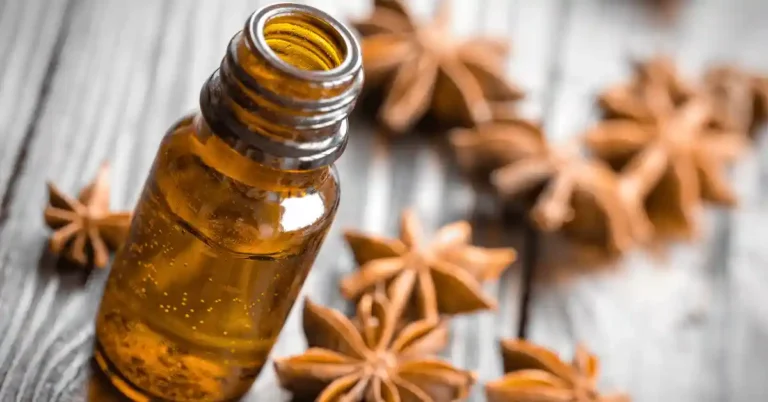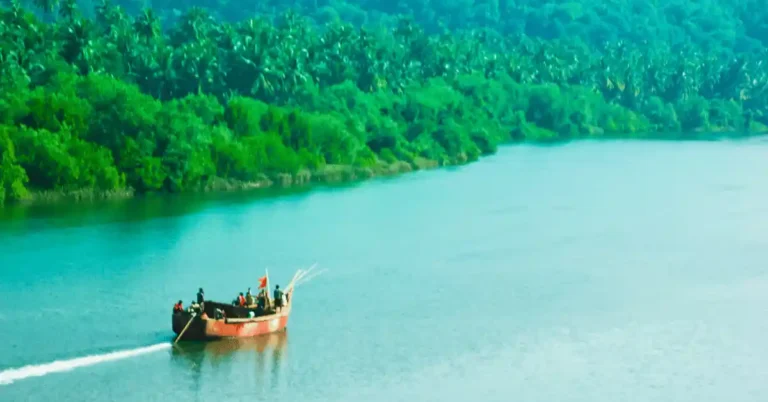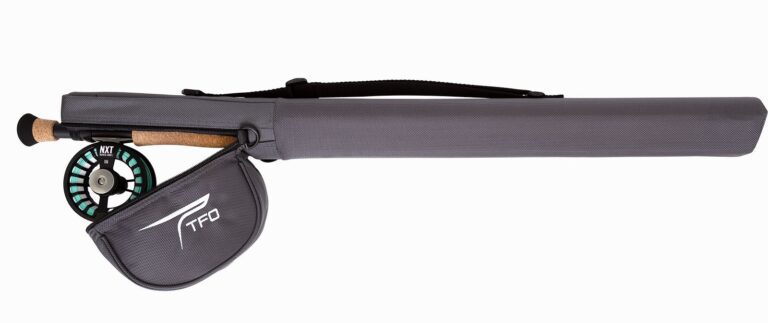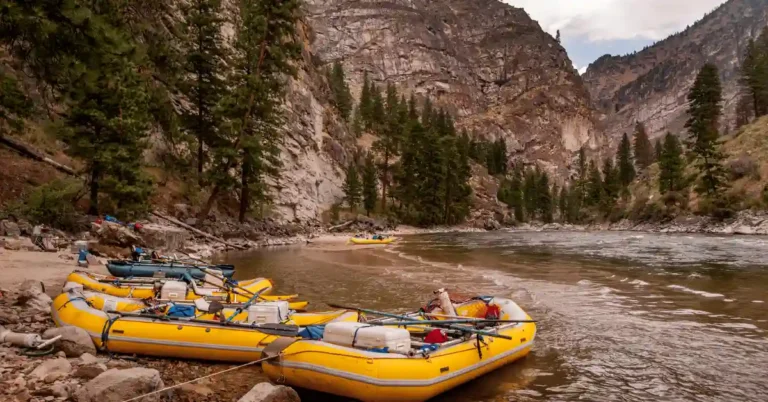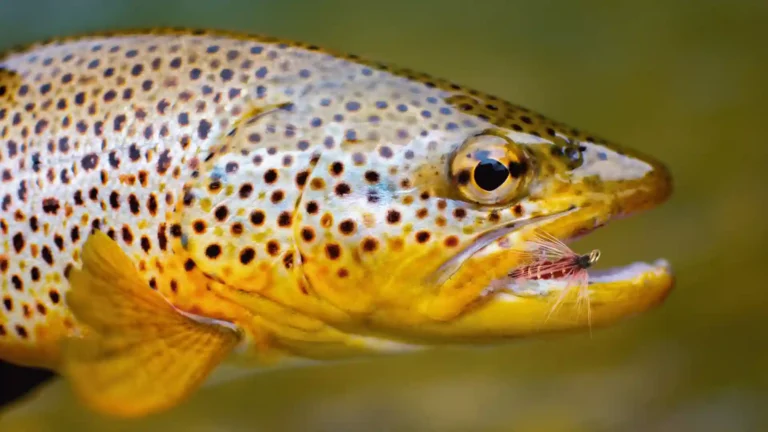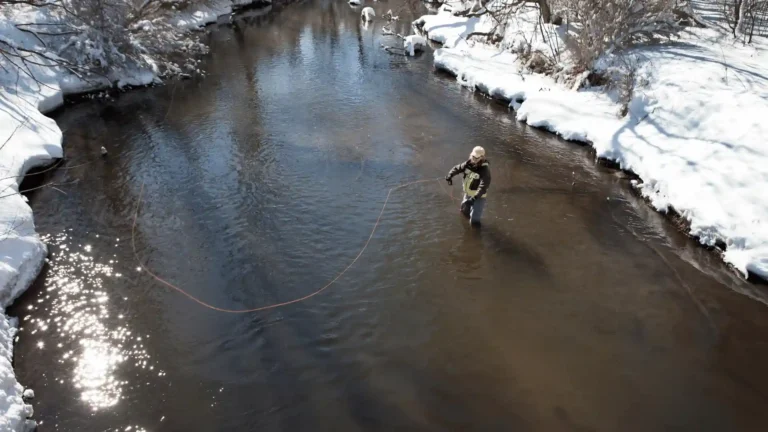Why You Shouldn’t Eat Bass? | My Personal Thoughts
Why You Shouldn’t Eat Bass | My Personal Thoughts As someone who enjoys fishing, I’ve had a fair share of experiences when it comes to the different types of fish you can catch and eat. One type of fish that I’d like to focus on is the bass. You might be surprised to hear this,…


